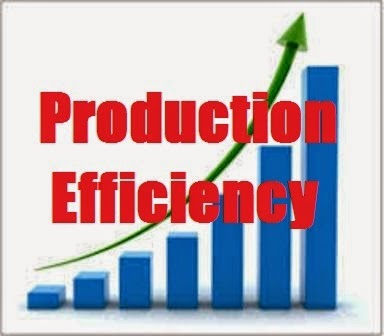DESERTIFICATION
by Antonio C. Antonio
August 20, 2014
Desertification is a major cause for alarm and is considered
a significant global ecological and environmental problem. History has witnessed the demise of societies
and cultures in the periphery of the 3 desert epicentres; namely, (1) The
Mediterranean; (2) The Mesopotamian Valley; and, (3) The north-western plateau
of China.
Although there are several definitions of the term
“desertification” the most widely accepted one is: “The process of fertile land
transforming into desert typically as a result of deforestation, drought or
improper/inappropriate agriculture.”
(Princeton Dictionary)
Desertification is a form of soil and land degradation wherein dry land
areas become increasingly arid and loses water, flora and fauna. Climate change caused by anthropogenic
(meaning: manmade) activities is the main cause of desertification.
The area affected by desertification is estimated at 12
million square kilometers representing 15% of the earth’s dryland. Drylands occupy approximately 40% of the
earth’s total land area. Knowing that Mother Earth is mostly water --- 361 million square kilometers of water
vis-à-vis 149 million square kilometers of land --- it is easy to assume that
losing land (as opposed to losing water) is a more imminent possibility. Aside from desertification, land is also lost
through rising water levels caused by global warming/shrinking polar caps.
What causes desertification?
Land conversion from forest to agriculture will most likely experience
desertification especially when agricultural activities are not managed
properly. Vegetation plays a vital role
in determining the quality of soil.
Desertification hastens when vegetation is removed and, with the soil
exposed and unprotected, fertile soil is blown away with the wind or washed
away by floods. Soil without vegetative
cover is most likely to bake in the sun and lose its nutritional elements. Another cause of desertification is
over-grazing. The ratio of grazing land
to (say) one cow is 1 to 1 hectare of pasture land. Livestock overpopulation will not allow the
pasture land to recover.
Deserts are formed by natural processes over a long period
of time. Depending on the human activity
interventions, deserts either shrink or expand.
The main stabilizing factor that stunts the growth of deserts is
reforestation or the introduction of well-managed agriculture. There are techniques and programs to reverse
desertification which are anchored on agricultural production. However, these mitigation measures are costly
and farmers are not too keen on adopting them.
More often, the cost of adopting sustainable agricultural practices in
arid and dry lands is more than the benefits.
Funding support remains to be the central issue in man’s fights against
desertification. But something needs to be done since approximately 1 billion
people live under the threat of desertification.
Just my little thoughts…
(Please visit, like and share Pro EARTH Crusaders and
Landscape Ecology UPOU on Facebook or follow me at http://antonantonio.blogspot.com/)















